Flaky on the inside and lightly crispy outside, the East African green amaranth chapati is tender and gratifying. I was served chapati with a Fresh tomato salsa in Ethiopia sometime ago, it tasted good like a good East African Chapati but what caught my attention was the colour. It was green. Very lively and fresh, interesting. I just had to replicate it using a healthy, locally sourced ingredient. I chose the green amaranth, called ‘green’ in Nigeria, and made the East African green chapati.
The taste of green amaranth is mildly flavoured I knew it won’t mask the flavours of the other ingredients. You only get a subtle, clean taste of fresh vegetable and that delightful bright green colour. Though East African Chapati originated from the Indian Chapati, it is slightly different from it in the use of oil as part of the ingredients and the type of flour used. The east africans use plain all purpose flour, while the indians use whole wheat flour. In fact it is closer to the indian Paratha in its ingredients and mode of rolling.
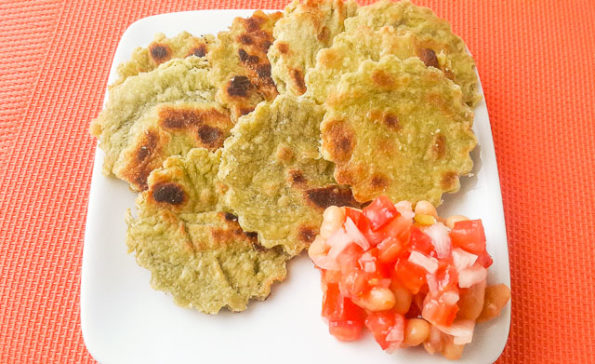
Green amaranth is packed full of nutrients so it really ups the nutritional value of the chapati. You can also use it in an omelette, vegetable yam, vegetable yam porridge etc.
Green amaranth Chapati can be served with different curries, vegetable sauce, stew, can be eaten with tea or coffee for breakfast, also served with drinks or with a relish like I do most of the time.
To make green amaranth chapati:
150g green amaranth (1 cup green amaranth juice) 3 cups flour 1 teaspoon salt 3 + 2 tablespoons vegetable oil sugar (optional) oil for roasting
Wash green amaranth leaves, place in a blender with 1 cup of water and grind.
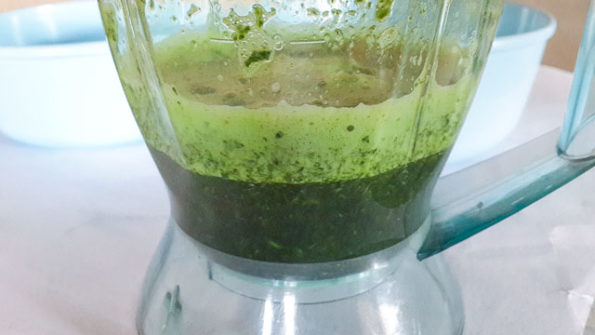
Strain with a very fine sieve.
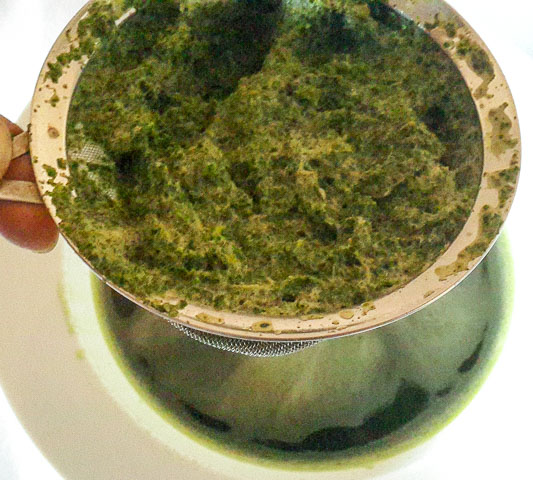
In a bowl, mix flour and salt, then add 3 tablespoons oil and mix very well.
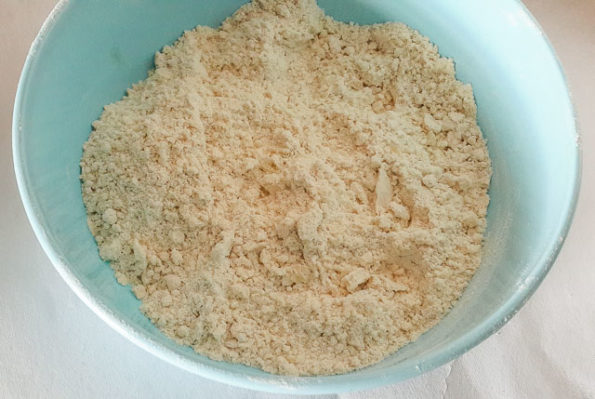
Add juice and mix to get a soft, slightly sticky dough.
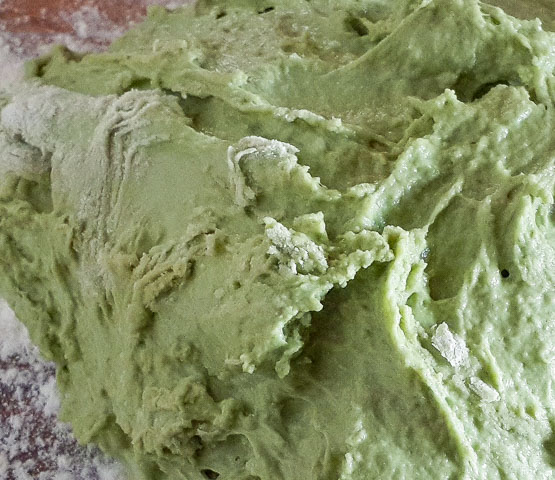
Place dough on a lightly floured surface and knead till it is smooth, soft and elastic, drizzle 1 teaspoon of oil to make kneading easier. This will take anywhere from 10 to 15 minutes. The dough hook of a food processor or hand mixer can be used if available. Place in a greased bowl, cover with plastic wrap and leave to rest for 30 minutes. Cut dough into 12 pieces, place each piece of dough on a lightly floured surface, and roll out into a circle, the best you can. Brush surface with oil, sprinkle flour over the oiled surface and roll up as tightly as you can.
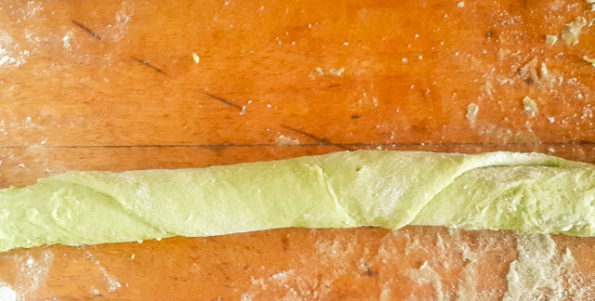
Roll this into a wheel, tuck the tip into the centre, cover with a damp cloth and set aside to rest for 10 minutes.
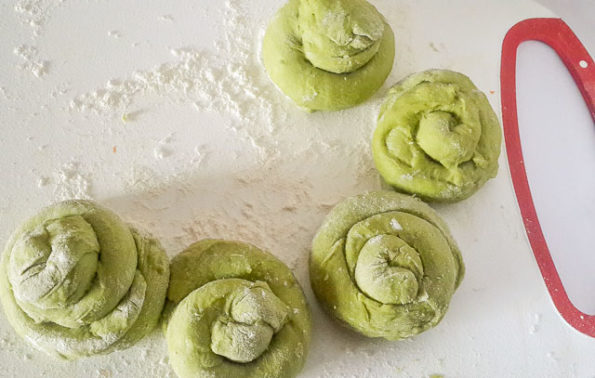
Place a crepe pan or frying pan on medium heat. Sprinkle a few drops of water on the pan, if they sizzle and evaporate, the pan is hot enough. Using a rolling pin, roll one wheel into a disc starting from the centre. This helps create the layers of dough typical of the East African chapati. If the dough is rolled too thin, the chapati will be hard. Place the dough disc on the hot pan, while the bottom is toasting, rub oil all over the top getting to the edges. Most times bubbles will form.
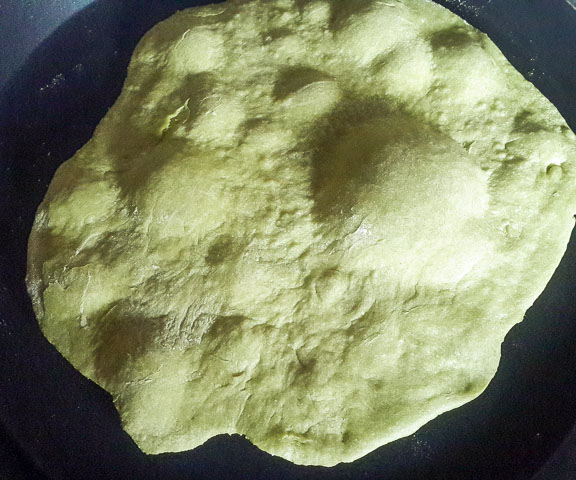
When the bottom is dry with brown patches, flip the chapati and toast the other side, rub oil on the cooked side. The chapati should be ready in 2-3 minutes total, or else it will be hard .
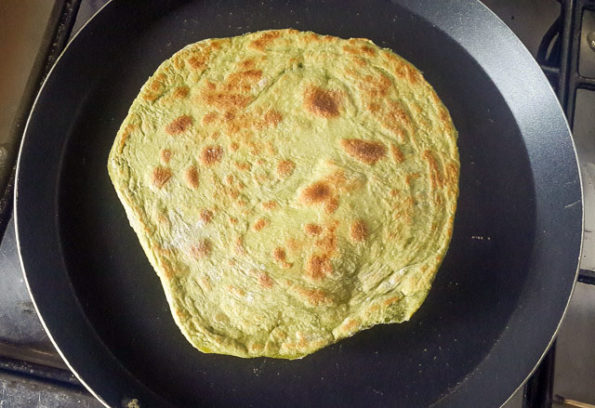
Remove to a plate. keep rolling and toasting till all the dough has finished.
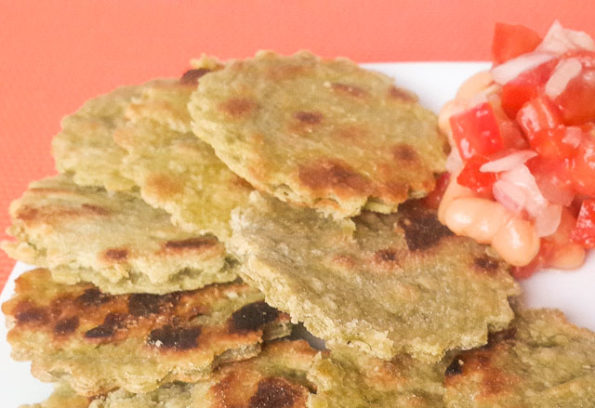
Enjoy your East African green amaranth chapati
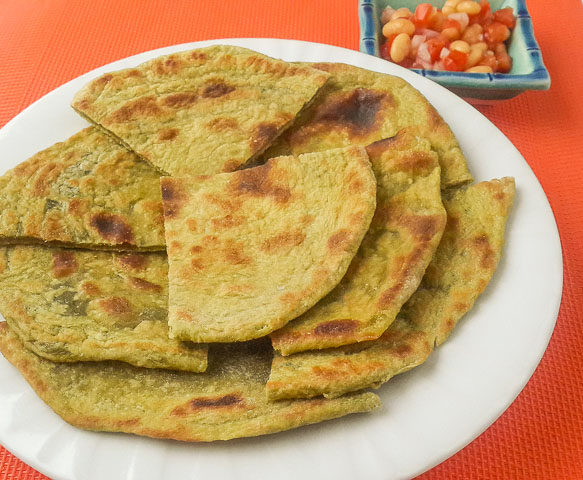
 I am Ganiru, a wife, a mother, a food blogger, a chef, an author and an accountant. I love to cook and write about food, especially Nigerian and afro-centric food...
I am Ganiru, a wife, a mother, a food blogger, a chef, an author and an accountant. I love to cook and write about food, especially Nigerian and afro-centric food...
Pingback: 18 Amazing health benefits of Amaranth greens - The Pretend Chef
Pingback: East African Chapati - The Pretend Chef
Pingback: Spicy roasted Green pepper sauce - The Pretend Chef